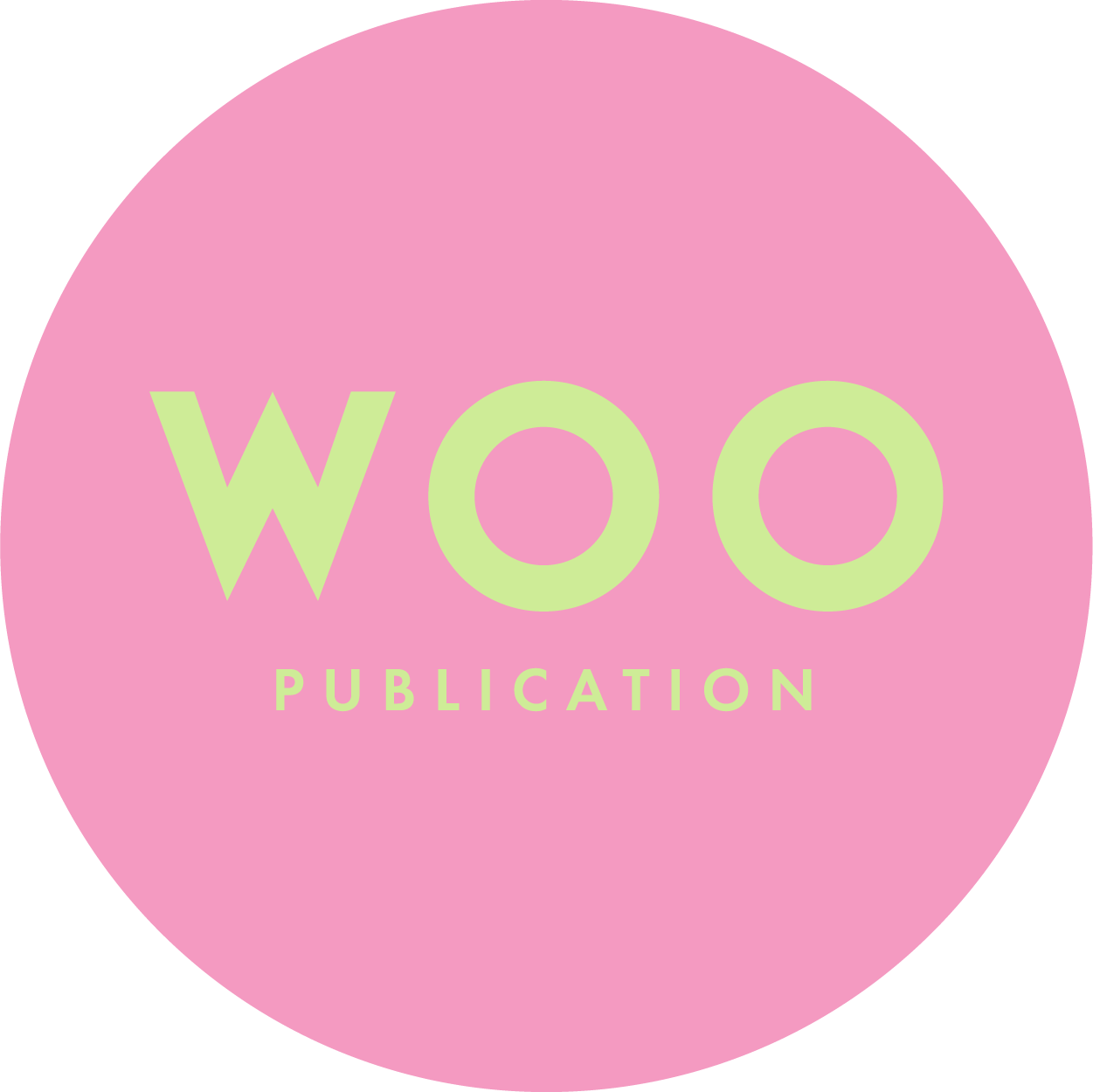Draw Something More

by Jennifer Dickieson
Drawing, Untitled, by Juan Cisneros
With more to offer than acting as a bridge to other disciplines or as preparatory sketches, drawing as a practice can often be an idea that flies under the radar of students. Trained in a traditional line of thought, students commonly come out of seemingly endless marathons of still life, model and technical drawing sessions with the idea that drawing belongs in the past. However, this couldn’t be less true. In Vitamin D: New Perspectives in Drawing, curator and critic, Emma Dexter defines drawing as a universal endeavor and proposes drawing as new territory in contemporary art: “Why is drawing’s time now? Because drawing offers artists freedom, as an under-regarded and under-theorized backwater, to explore hitherto overlooked or repressed aspects of creativity.”[1] When revisiting drawing’s role in contemporary art practice, a new ground has been discovered.
The role of drawing in the art world has progressively transcended boundaries between disciplines. Bernice Rose, whose curated exhibition of drawings titled “Drawing Now” in 1976 at MOMA in New York, featured a collection of drawings spanning from the renaissance to the mid 1970’s.[2] It is an excellent starting point to trace the consistently improving view of drawing, which is gaining acknowledgement as having equal gravity as paintings or sculptures. Today, as artists push the boundaries of drawing, curators and critics attempt to analyze the direction and value of a revalued discipline. In Drawing Now: eight propositions, (a clear nod to Rose’s curatorial project at MOMA), curator and critic, Laura Hoptman proposes the disposal of drawing as a verb, she proposes that in the last decade artists have delivered drawing as a noun, as a mean to its own end.[3] Featuring artists from all over the world, including Julie Mehretu, Mark Manders, and the trio-collective Los Carpinteros, Hoptman demonstrates the diversity and conviction of drawing as a discipline.
With the new discussions and reevaluation of drawing, it’s easy to make the case for new artists to explore the practice. Drawing materials are generally less expensive and much more open-ended and artists beginning their practice have the opportunity to explore experimental and conceptual territory at lower financial risk. Drawings can be developed in vast numbers, be stored more easily and take-up less precious studio space than their heavier, bulkier gallery neighbors.
In Walk the Line: The Art of Drawing, a densely packed volume of drawings, Marc Valli calls his introductory essay ‘Drawing Year Zero’.[4] In this title Valli asserts that drawing is being born differently, that its time starts now, and with so many interesting artists and critics pointing to this development it’s worth taking notice of. If the last decade speaks to the current projection of contemporary art it shows that it is valuable to invest interest and research in drawing practice, and that in exploring drawing as a contemporary practice, there is something more to be discovered.
[1] Emma Dexter, Vitamin D: New Perspectives for Drawing (London: Phaidon Press Ltd, 2005), pp. 8-10.
[2] Bernice Rose,A Preview of “Drawing Now”. Museum of Modern Art, 1975-1976. pp. 1-2.Accessed Through JStor, Stable URL: http://www.jstor.org/stable/4380644
[3] Laura Hoptman, Drawing Now: eight propositions (New York: Museum of Modern Art 2002), pp. 8-9, 167.
[4] Marc Valli & Ana Ibarra, Walk the Line: The Art of Drawing (London: Laurence King Publishing Ltd, 2013), pp. 7.
